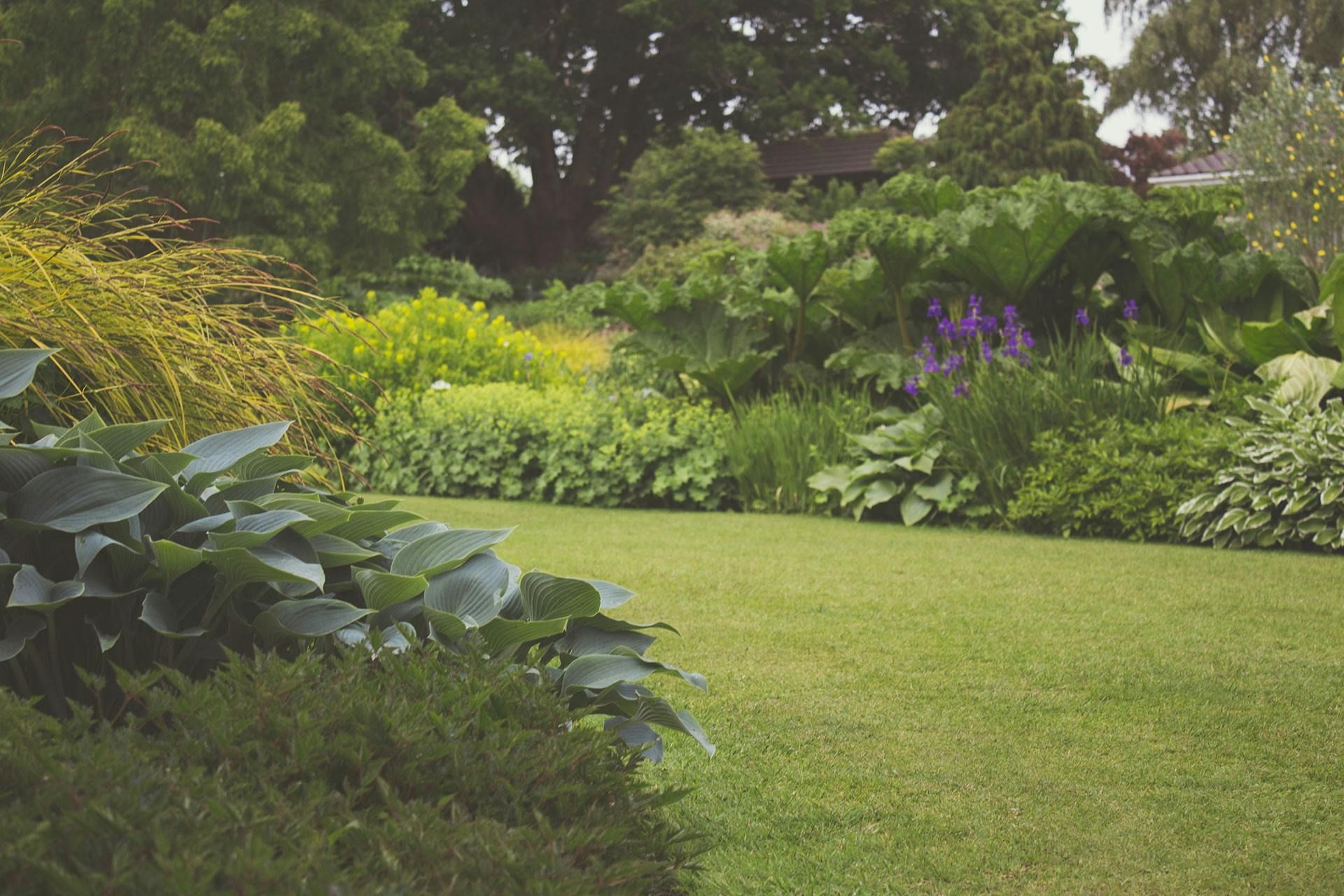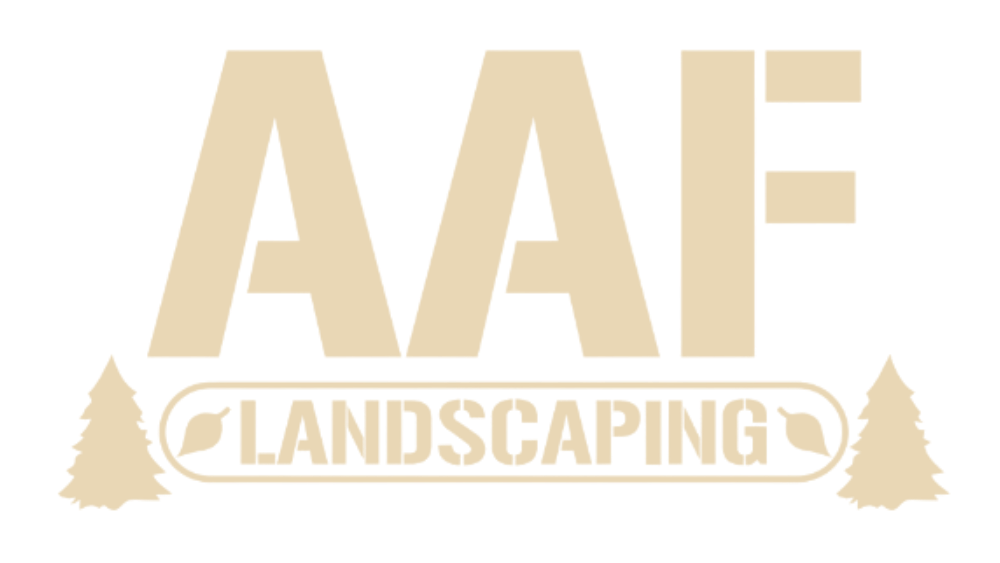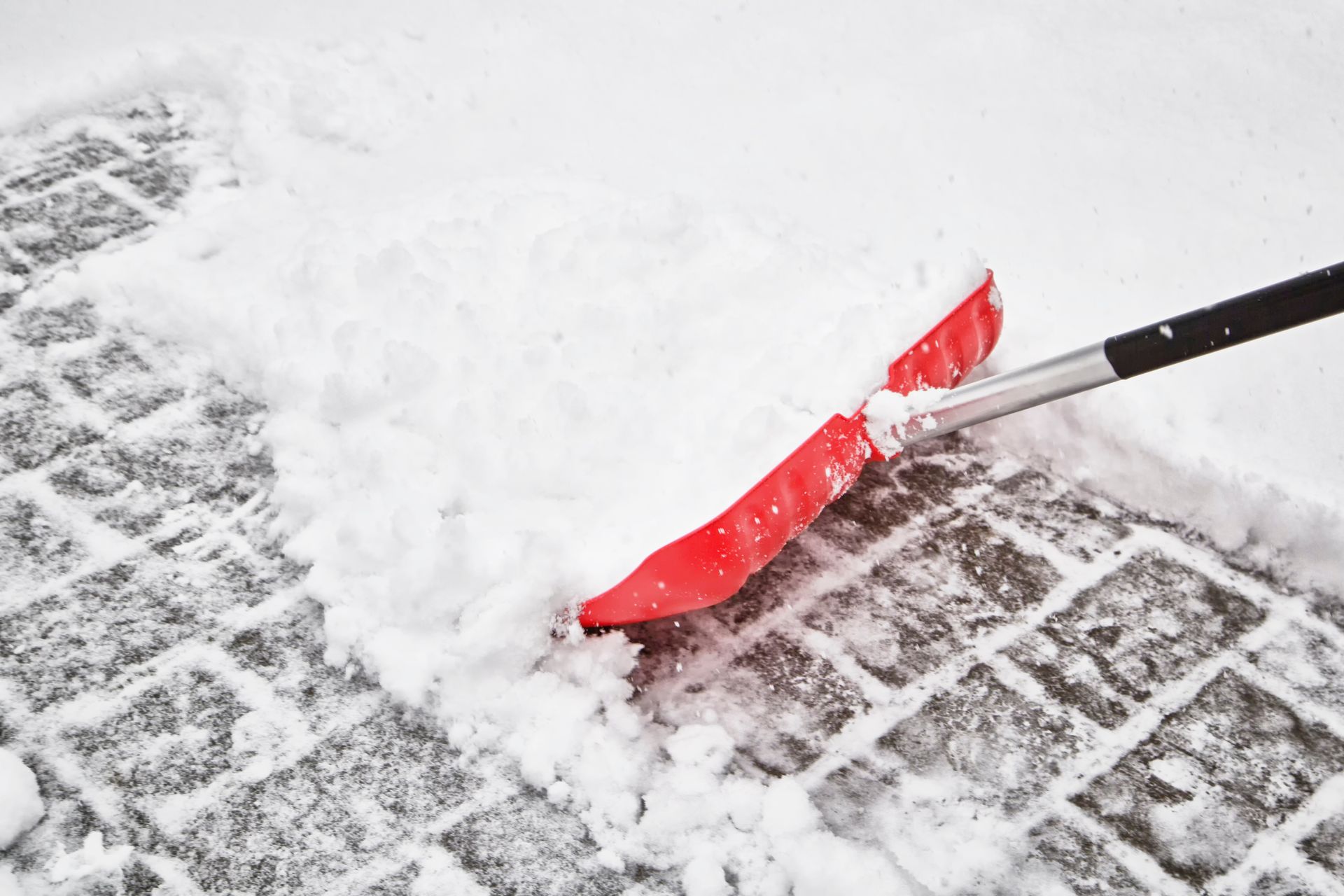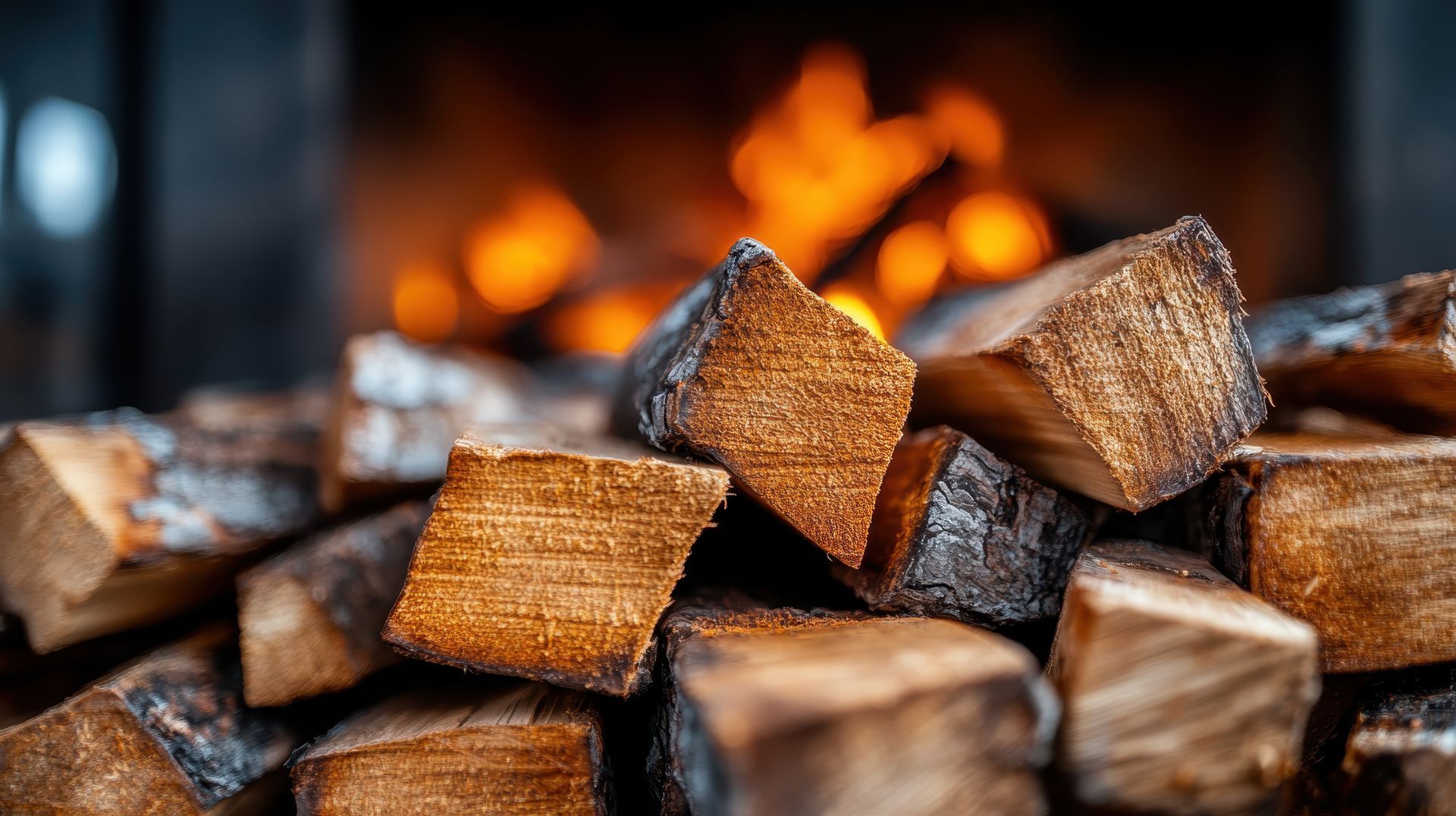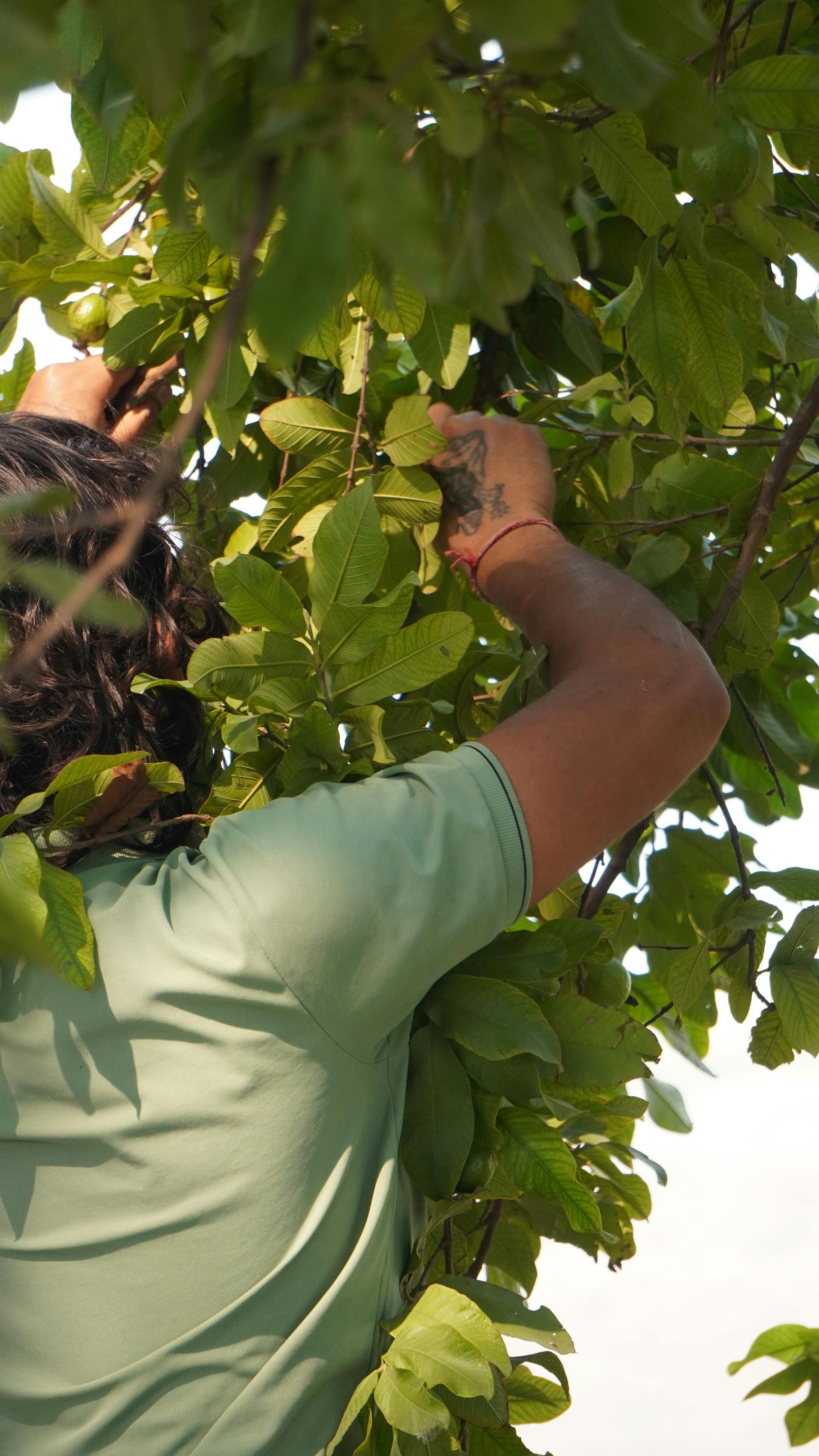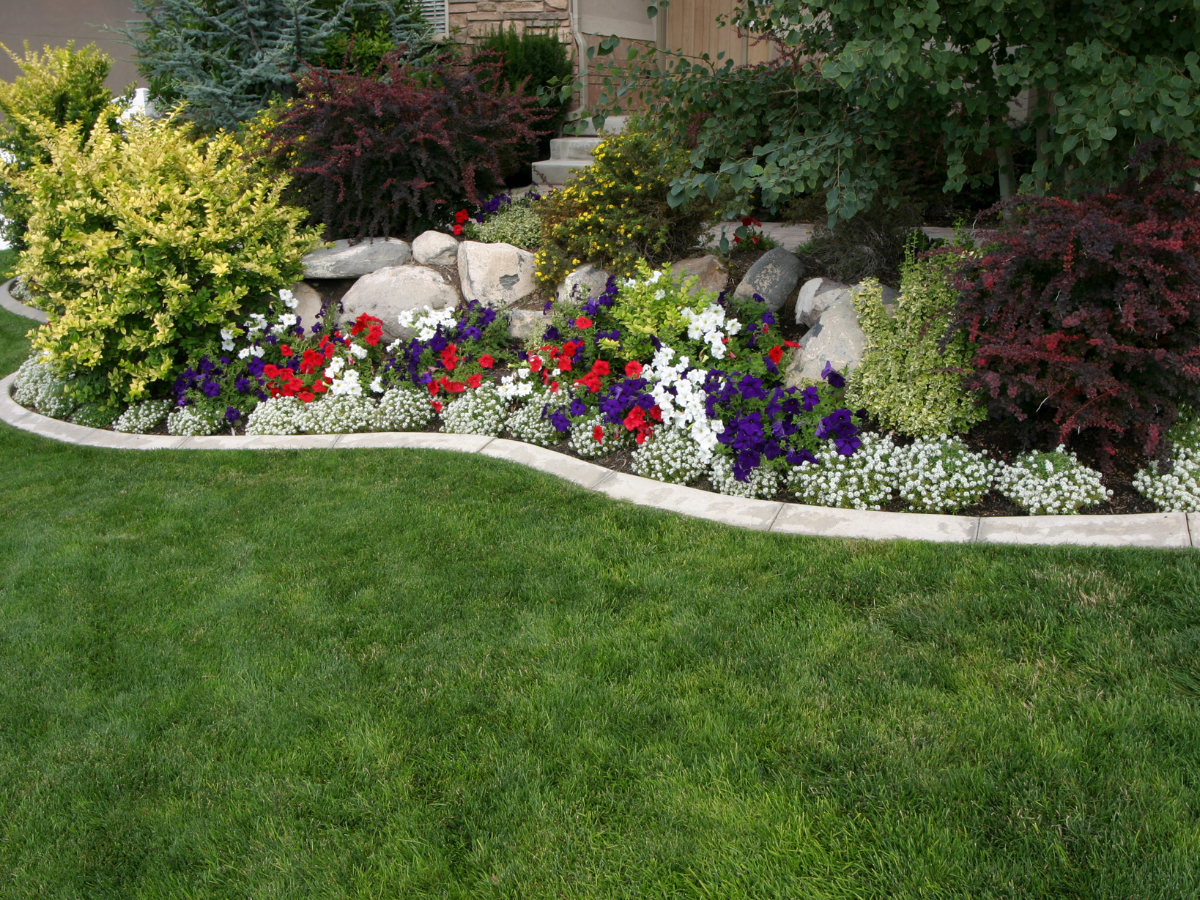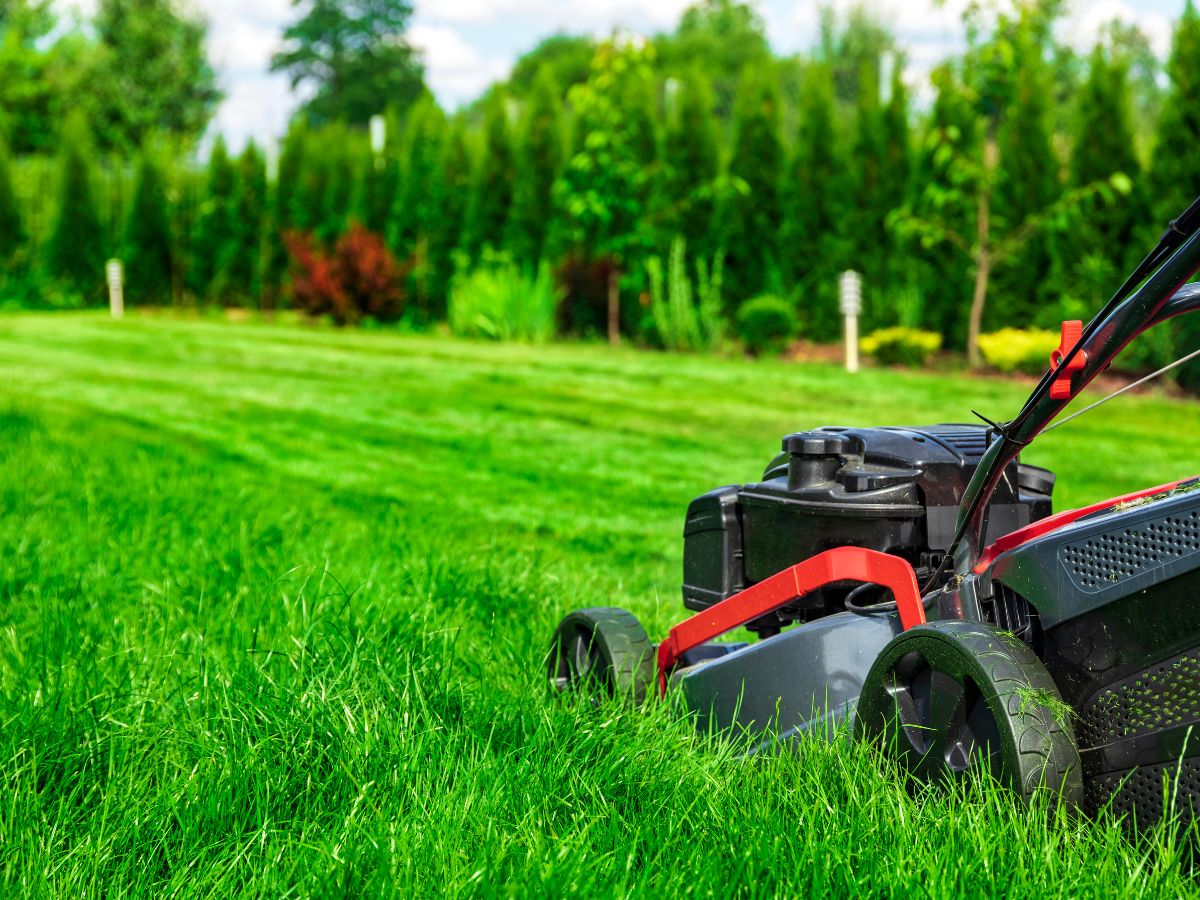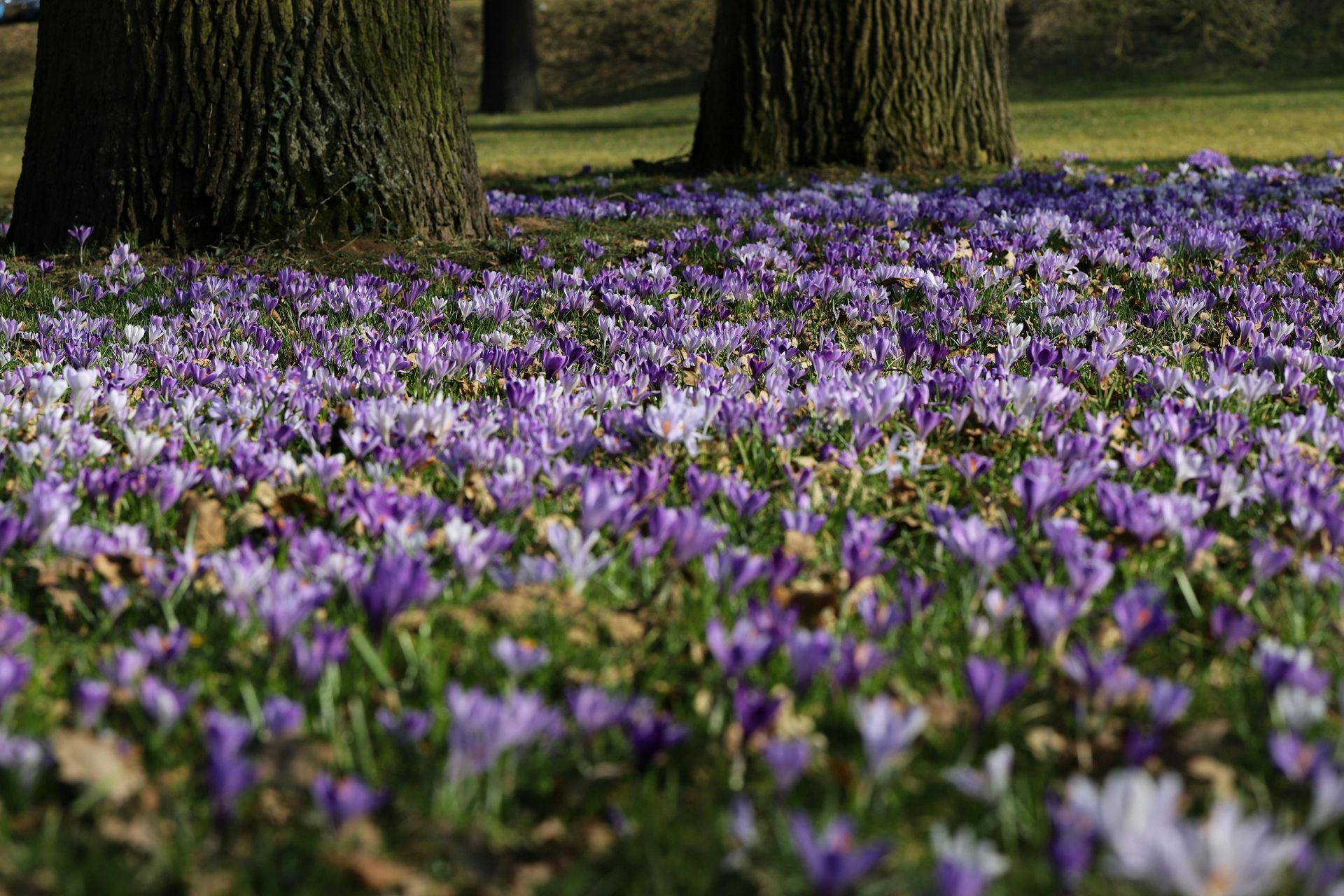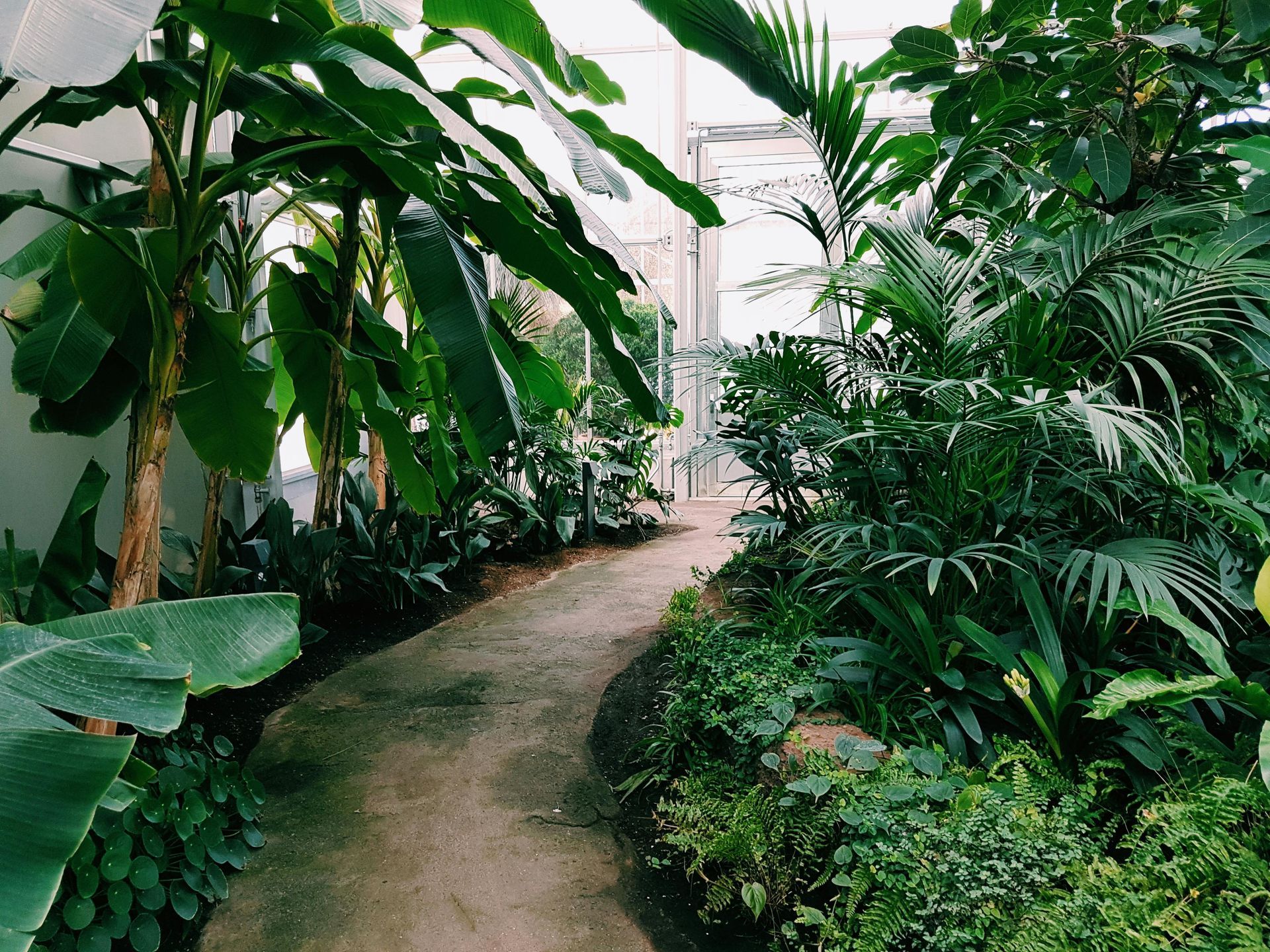How Can I Keep Leaves from Killing My Grass?
Why Fallen Leaves Can Harm Your Lawn
As the leaves begin to fall each autumn, many homeowners overlook the impact they can have on their grass. A thick layer of leaves can suffocate grass, block sunlight, trap moisture, and encourage fungal growth. Over time, this can lead to dead patches and weakened turf. Proper leaf management is essential to maintain a healthy lawn throughout the fall and into winter.
Leaves are rich in nutrients, but when left in piles, they prevent air circulation, create damp conditions, and increase the likelihood of mold or disease. Knowing how to manage leaves effectively ensures your lawn remains vibrant and healthy year-round.
Techniques for Preventing Leaf Damage
Regular Leaf Removal
The most straightforward method to prevent leaves from damaging grass is frequent removal. Depending on your yard size and tree density, this may involve:
- Raking: Traditional but effective for small to medium lawns
- Leaf blowers: Speeds up the process and works well for larger areas
- Mulching mowers: Cuts leaves into tiny pieces that can safely decompose into the soil
Using a mulching mower is a particularly efficient approach because it allows the leaves to act as natural fertilizer without smothering your grass.
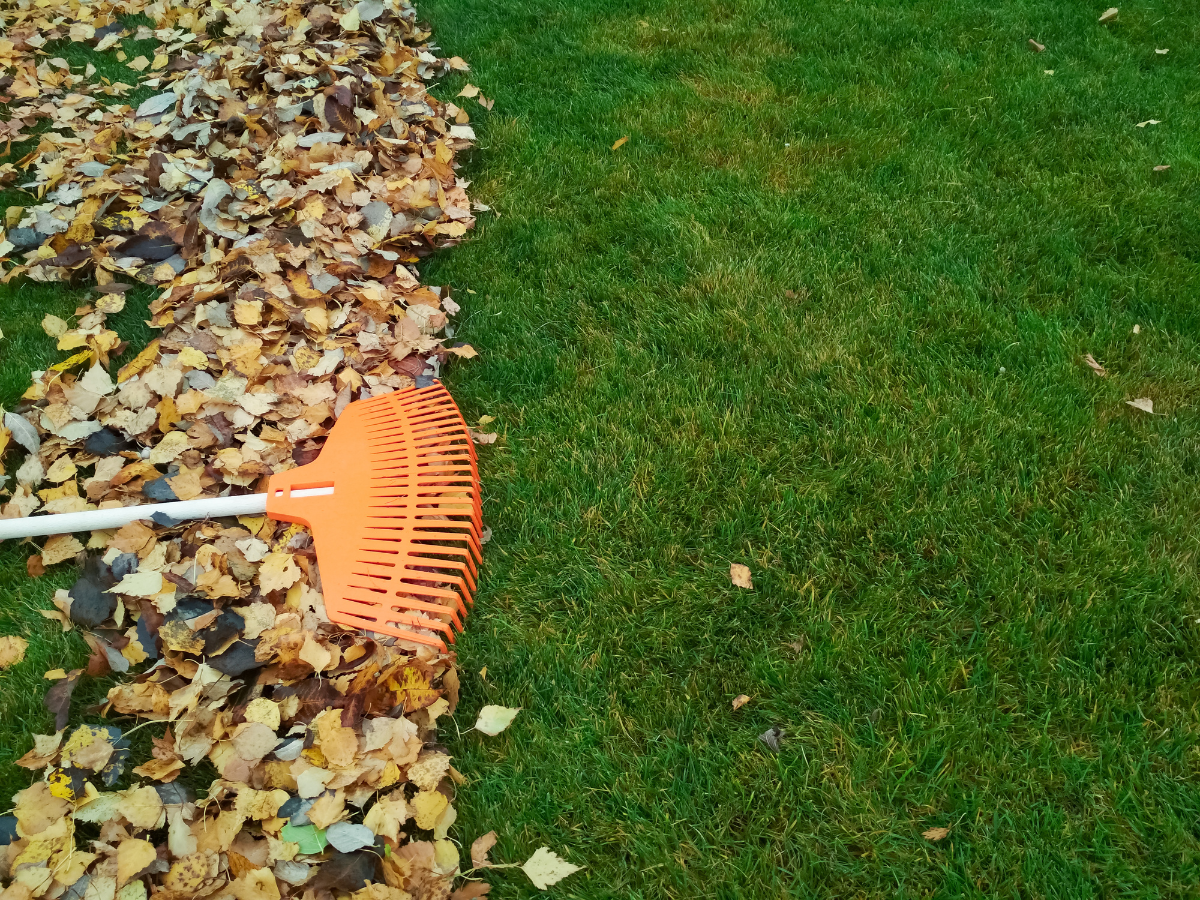
Mulching and Composting
Instead of removing leaves entirely, homeowners can mulch or compost them:
- Mulching: Shred leaves finely and leave them on the lawn to break down slowly, enriching soil with nutrients
- Composting: Collect leaves in a compost pile or bin to create organic fertilizer for garden beds or lawns
Both methods not only prevent grass suffocation but also improve soil health and reduce the need for chemical fertilizers.
Lawn Aeration and Maintenance
Proper lawn aeration and fall lawn care complement leaf removal efforts:
- Aeration reduces soil compaction and allows water, air, and nutrients to reach grass roots
- Regular mowing at the recommended height prevents long grass from being trapped under leaves
- Overseeding in the fall strengthens turf to resist leaf-related stress
Combining these practices ensures your lawn recovers quickly from leaf accumulation and stays robust.
Tools and Equipment for Leaf Management
Investing in the right tools makes leaf management easier and more efficient:
- Rakes and leaf scoops: Best for smaller areas or detailed leaf collection
- Leaf blowers and vacuums: Great for larger lawns or areas with heavy tree coverage
- Mulching lawn mowers: Ideal for turning leaves into natural fertilizer
Regularly cleaning and maintaining your equipment ensures they work effectively and prolongs their lifespan.
When to Hire Professional Lawn Services
For homeowners with extensive yards or dense tree coverage, hiring professional lawn care services can save time and ensure proper leaf management. AAF Landscaping provides tailored services for:
- Leaf removal and disposal
- Mulching and composting
- Fall lawn preparation and maintenance
Professional care ensures that leaves do not damage your grass and that your lawn remains healthy, green, and well-nourished through the fall and winter months.
Additional Tips for Healthy Fall Lawns
- Avoid leaving leaf piles for more than a few days, especially during wet conditions
- Monitor for mold or fungus in areas where leaves remain damp
- Keep your grass at the recommended height for your specific lawn type
- Consider fall fertilization to support grass recovery after leaf removal
By following these tips, you can enjoy a lush lawn even as trees shed their leaves.
Conclusion
Fallen leaves don’t have to be a threat to your lawn. With proper leaf management, mulching, and fall lawn care, you can keep your grass healthy and vibrant. For professional guidance and full-service lawn care, contact AAF Landscaping today. Our team helps homeowners maintain strong, beautiful lawns through every season, ensuring your yard thrives even under a blanket of leaves.
